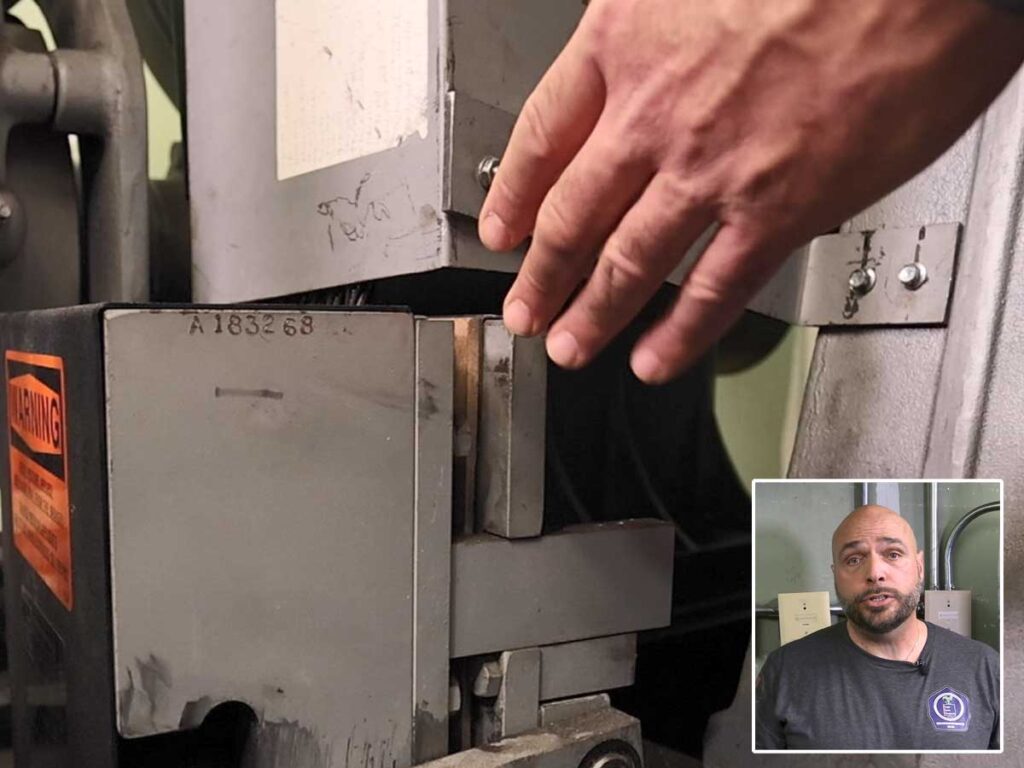October 25, 2011 – In 2005-2009, roughly two-thirds of home fire deaths resulted from fires in properties without working smoke alarms, according to the report “ Smoke Alarms in U.S. Home Fires,” released by the National Fire Protection Association (NFPA).
The report examines the number of reported fires in U.S. households with and without working smoke alarms, as well as the effectiveness of smoke alarms in preventing fire-related deaths.
Key findings from the report include:
- The death rate per 100 reported fires was twice as high in homes without a working smoke alarm as it was in home fires with smoke alarm protection.
- Out of all home fire deaths, 38 percent resulted from fires in which no smoke alarms were present.
- Hardwired smoke alarms are more reliable than those powered solely by batteries.
- Many homes do not have the protection recommended in recent editions of NFPA 72®, National Fire Alarm and Signaling Code, which requires interconnected smoke alarms in every bedroom, outside each sleeping area, and on every level of the home.
NFPA recommendations:
- Install smoke alarms inside every bedroom, outside each sleeping area and on every level of the home, including the basement.
- For the best protection, interconnect all smoke alarms so when one sounds they all sound.
- Use both photoelectric and ionization smoke alarms or combination ionization and photoelectric alarms, also known as dual sensor alarms. An ionization smoke alarm is generally more responsive to flaming fires and a photoelectric smoke alarm is generally more responsive to smoldering fires.
- Replace all smoke alarms every 10 years or sooner if they do not respond properly when tested.
- Test all smoke alarms at least once a month by using the test button.
Watch this informative video provided by the NFPA:
For more information on smoke alarms and safety tips, visit NFPA’s website at www.nfpa.org/smokealarms.
Estimates in the report are based on data collected from fire departments and civilians that responded to the U.S. Fire Administration’s (USFA) National Fire Incident Reporting System (NFIRS), and NFPA’s National Fire Experience Survey.
About the National Fire Protection Association (NFPA)
NFPA is a worldwide leader in fire, electrical, building, and life safety. The mission of the international nonprofit organization founded in 1896 is to reduce the worldwide burden of fire and other hazards on the quality of life by providing and advocating consensus codes and standards, research, training, and education.

